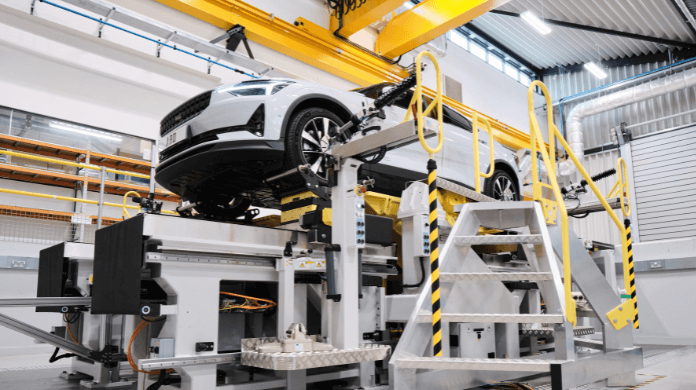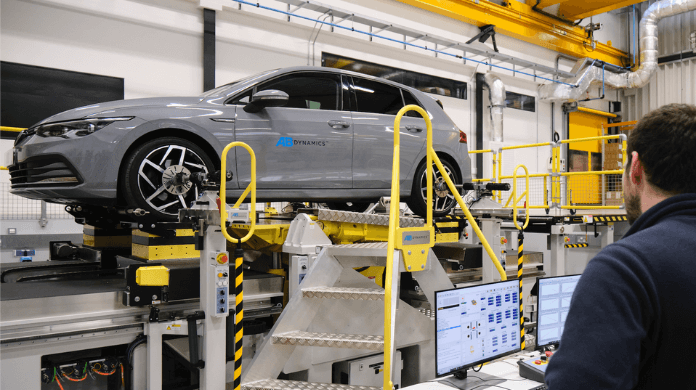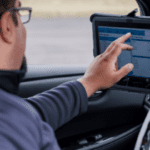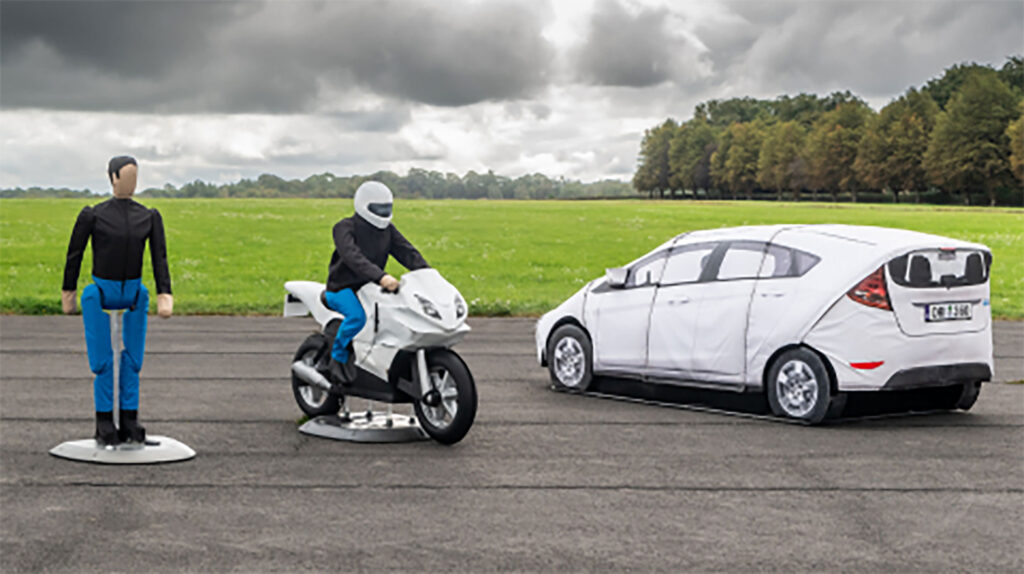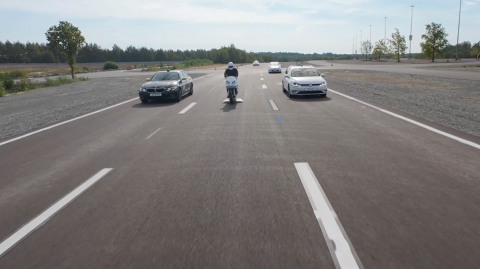Euro NCAP now announced its new provisional 2026 protocols, which are set to introduce updated requirements for Advanced Driver Assistance Systems (ADAS), driver monitoring, crash avoidance, and post-crash safety. These changes aim to set higher standards for vehicle safety, requiring manufacturers to adapt their validation methodologies and testing strategies to meet the revised criteria.
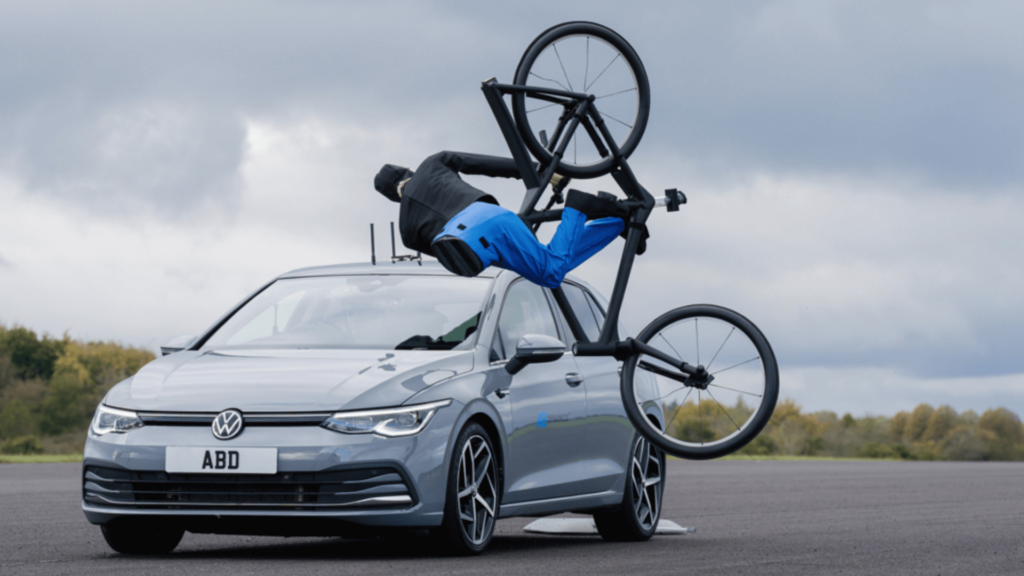
Strengthened driver monitoring and HMI testing
One of the most notable changes in the 2026 update is the expanded assessment of driver monitoring systems. Vehicles will now be required to detect signs of drowsiness, distraction, and potential substance impairment through behavioural analysis, including steering patterns, eye tracking, and reaction times. This places greater emphasis on integrating robust in-vehicle monitoring technologies that provide real-time feedback and intervention.
Additionally, Euro NCAP is introducing Human-Machine Interface (HMI) testing, evaluating the accessibility and usability of essential vehicle controls. This requirement has largely been introduced due to the widespread adoption of touchscreens, which has led to drivers taking longer to perform basic tasks when compared to traditional buttons. This change ensures that drivers can intuitively operate functions such as the horn, windshield wipers, and indicators without unnecessary distraction.
Post-crash safety and EV-specific requirements
The 2026 protocol extends its scope to place new requirements on post-crash safety. Vehicles must now provide standardised ‘Rescue Sheets’ and upgraded eCall systems that transmit critical crash data to emergency services. These improvements ensure that first responders receive timely and precise information to help facilitate the rescue operation.
For electric vehicles (EV), Euro NCAP is introducing additional post-crash safety requirements, including thermal runaway detection systems designed to mitigate battery-related hazards. EVs will need to maintain a minimum of 90 minutes of post-crash safety, providing emergency responders with a critical window to safely extricate occupants.
More rigorous ADAS performance evaluations
Euro NCAP’s new protocols elevate the standards for ADAS reliability and responsiveness. Systems like Adaptive Cruise Control, Speed Assistance, and Steering Assistance will undergo more exhaustive scrutiny to ensure they operate effectively and transparently. These tests aim to prevent over-reliance on automation while reinforcing the role of the driver in maintaining vehicle control.
Enhanced crash avoidance and protection measures
Euro NCAP is broadening its crash avoidance testing to include a wider range of frontal impact scenarios, lane departure events, and low-speed collision situations. As a result, ADAS engineers must develop increasingly sophisticated perception and response systems to detect and mitigate collision risks in more complex environments.
The impact on ADAS development
These changes underscore the increasing quantity and complexity of ADAS testing and validation. Engineers must now ensure that systems perform reliably across a broader range of scenarios, requiring extensive real-world and virtual validation.
At AB Dynamics, we continue to support the industry in meeting these evolving safety standards. Our advanced track testing systems, driving robots, and simulation solutions help engineers rigorously test and validate ADAS technologies, ensuring compliance with the latest Euro NCAP protocols. As the 2026 requirements come into effect, our expertise in controlled, repeatable testing environments will be instrumental in helping manufacturers navigate this evolving landscape.
Euro NCAP 2026 protocol updates summary
Safe Driving
- Driver Monitoring Systems (DMS): Expanded to detect impairments like alcohol or drug use through behavioural indicators, not just drowsiness or distraction.
- Human-Machine Interfaces (HMI): New protocols assess cockpit controls for accessibility, positioning, and tactile feedback.
- Adaptive Safety Features: Allowance has been made for Lane Keeping Assist systems that adjust in real-time based on driver alertness and distraction levels, helping to improve driver acceptance.
Crash Avoidance
- Real-World Scenarios: Evaluation includes frontal impacts, lane departures, low-speed collisions, and emergency interventions while considering driver intention and distraction levels.
- Collision Warnings: Enhanced focus on the acceptability and effectiveness of warnings and emergency interventions.
Crash Protection
- Occupant Diversity: Includes older or smaller occupants in test configurations, with improved protection for children via new Lower Tether systems for child seats.
- Rollover Situations: Expanded occupant protection in rollover scenarios.
- Human Body Models (HBM): Introduction of advanced simulations for diverse occupant morphologies and configurations.
Post-Crash Safety
- Rescue Information: Points awarded for Rescue Sheets and Emergency Response Guides adhering to ISO 17840 standards.
- Advanced eCall Systems: Must transmit detailed crash data, including vehicle location, occupant count, and type of impact.
- Extrication Protocols: Updated procedures for energy isolation, occupant release, and window accessibility. Electric vehicles must include thermal runaway detection systems that prevent hazardous conditions for at least 90 minutes.
For more information on how AB Dynamics can support your Euro NCAP testing, click here.









